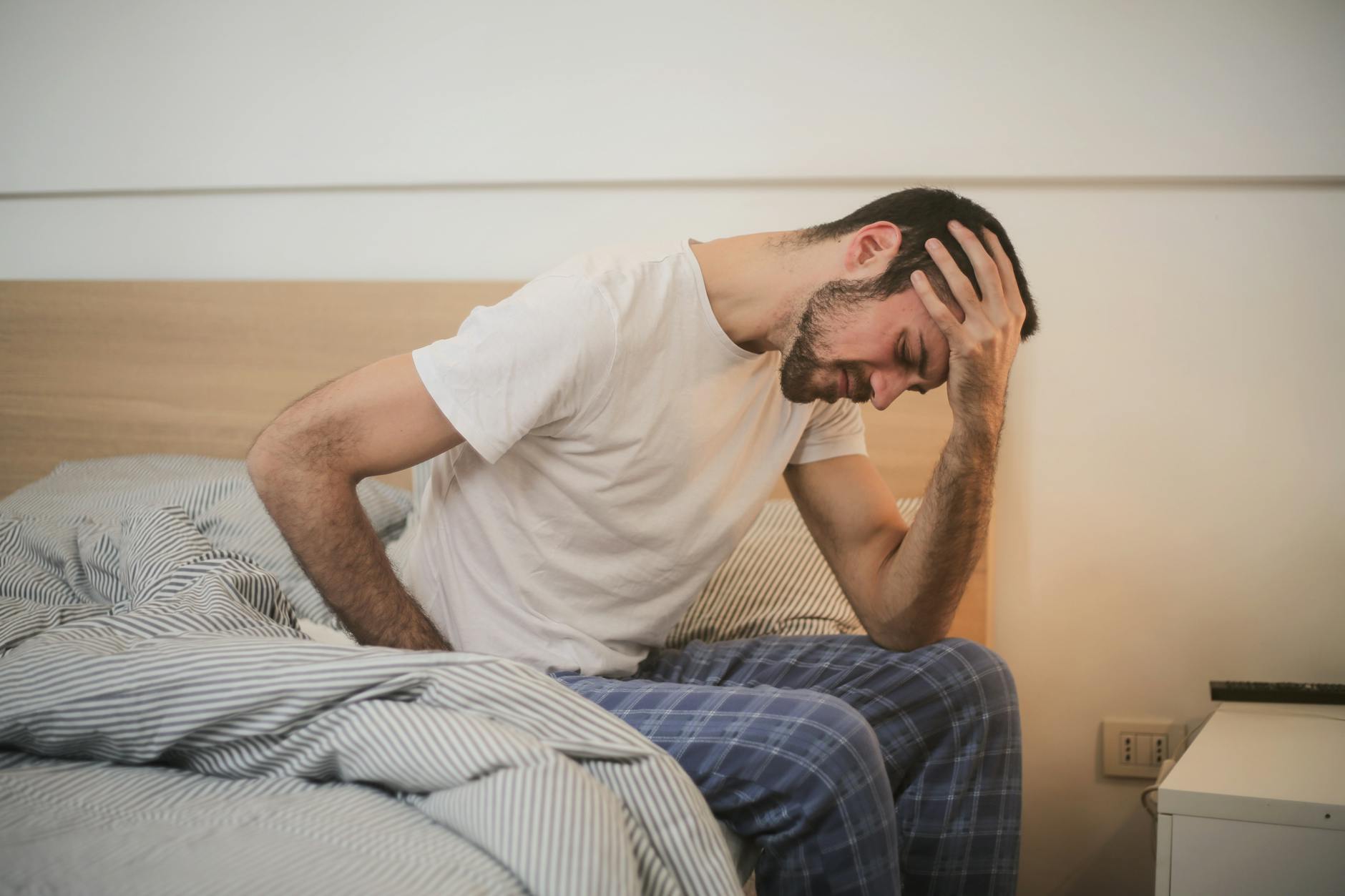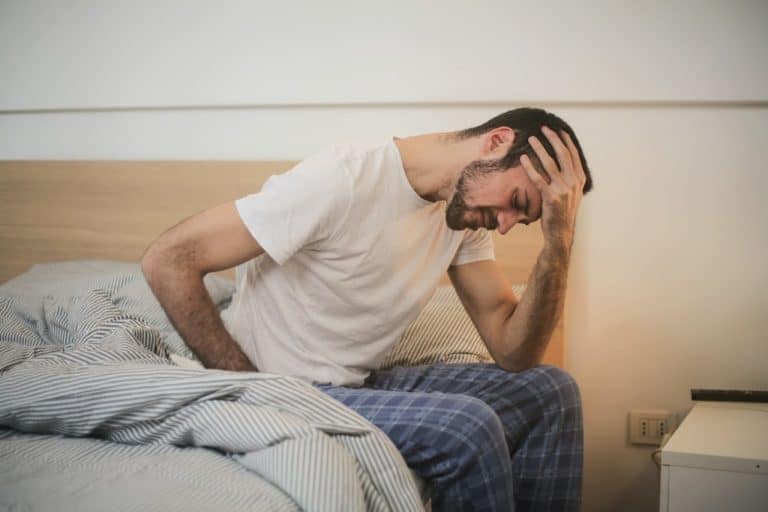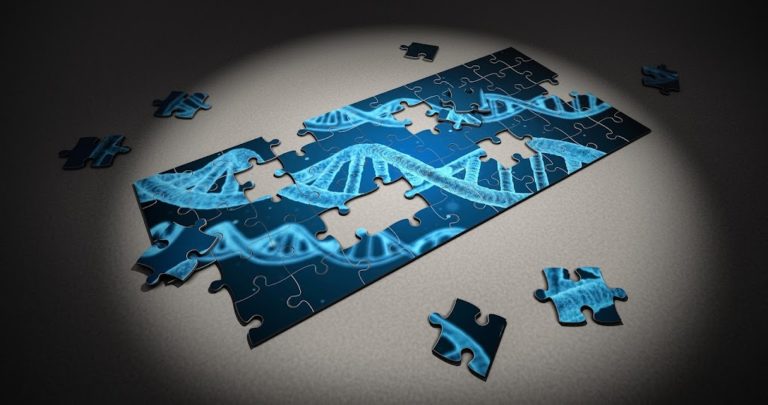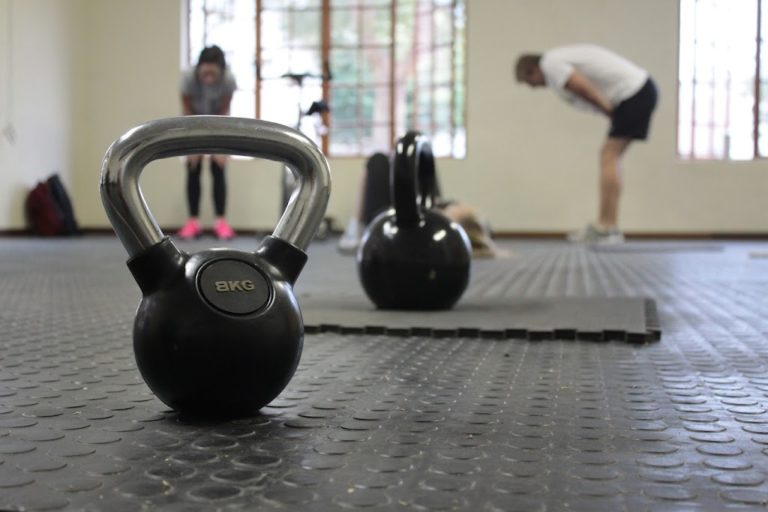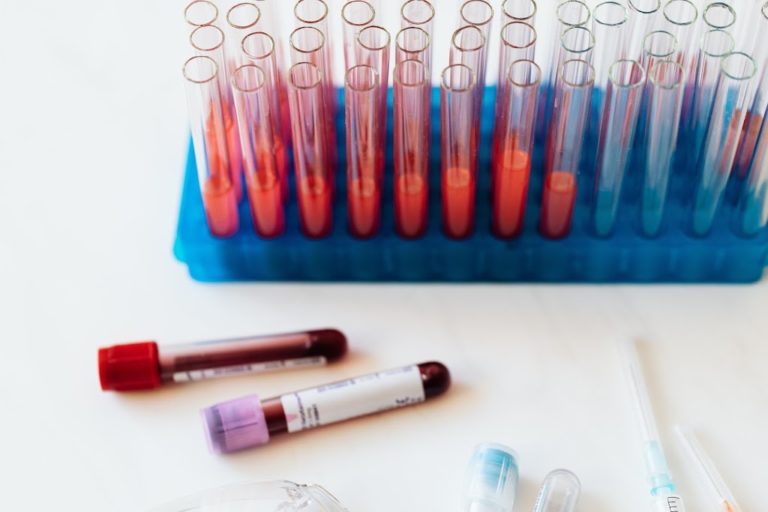The disk restores water that has leaked out during the day, yet the water is restored at slower paces. Fat and water is balanced in the disk, yet when it is not it causes a person to shrink height. Fat and water inside disks are thick, yet when a person starts aging, the substances begin to thin. When fat and water begins to thin, it can lead to osteoarthritis. Thinning water and fat of the disk is also the leading cause of back pain, especially at the lower region.
Disks exterior are covered by “Annulus Fibrosis.” Sometimes the connective tissues lead to abnormal thickening, which scars the tissue. Usually injury follows, then infection, and moves to restrained oxygen intake. Surgery is often the result. The inner area of the disk is shielded by “Nucleus Pulposus.” The pulp makes up the hub of the disk, which is polished and soft. The disks make up the primary supporting force that regulates the spinal column, bones, muscles, etc.
When the disk is not protecting the spinal structures it is often dehydrated, pressured, or deformed. The disk has strength that combines with flexibility to withstand high loads of pressure, yet when that flexibility and strength is interrupted, it can result to herniated disk slips, or other injuries.
Slipped disks in medical terms are known as HNP. (Herniated Nucleus Pulposus) As outlined the intervertebral disks are ruptured, which interrupts the nucleus Pulposus. In medical terms, slipped disks can include L4, L5, which is Lumbosacral and C5-7, which is Cervical. L4 is a single area of the spinal column and disks, which defines the numerical disk ruptured.
Slipped disks are caused from accidents, trauma, strain of the back and neck, lifting heavy objects, disk degeneration, weak ligaments, and congenital deformity of the bones. Disk degeneration is outlined in this article.
Symptoms:
Lumbosacral will show apparent symptoms, such as acute lower back pain, which radiates to the buttocks and down to the leg. The person will feel weak, numb, or tingling that stretches to the leg and foot. Ambulation also causes pain.
If cervical disk problems are present, the patient will feel stiffness around the neck. As well, the symptoms will make the patient feel weak, numb, and he/she will feel tingling around the hands. Neck pain often generates pain, extending it to the arms and onto the hands, which cause weakness to the upper region of the body. The weakness often targets the triceps and biceps, which become atrophy. The lumbar is affected also, which the patient will find it difficult to straighten the back.
What happens when a disk is slipped and/or broken the annulus fibrosis reacts by pushing its substance into the hollow spacing between the spinal column. The spinal column is made up of nerves, which travel to various parts of the body, including the brain. These nerves are affected when the disk is slipped. Learn more about the Central Nerve System (CNS) to relate to slipped disks. First, understand how the joints and connective tissues can cause back pain.

